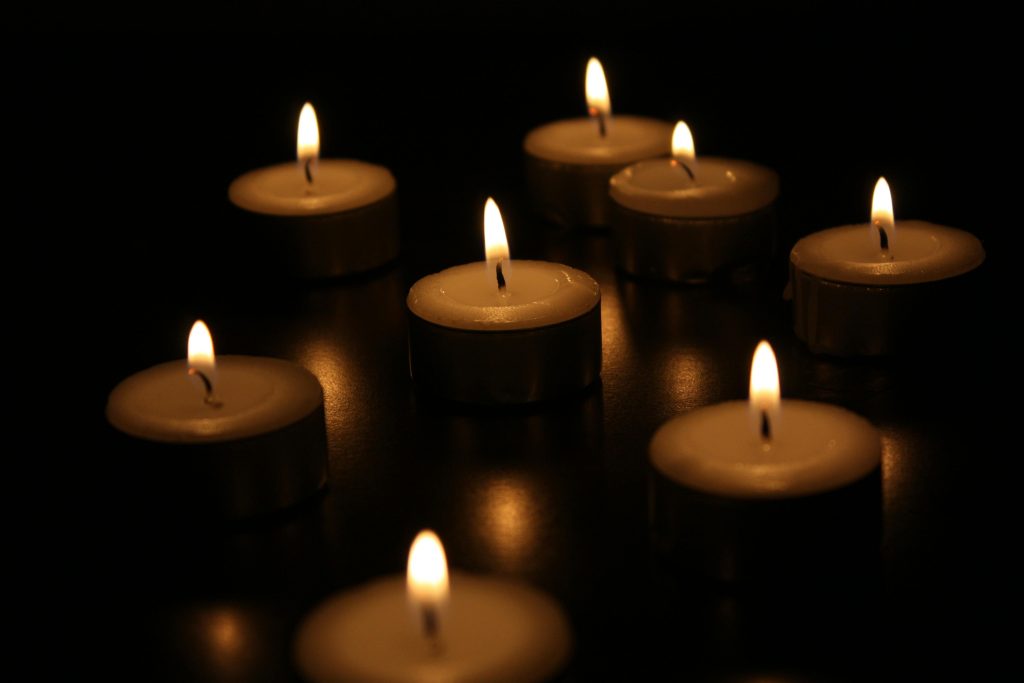In Short
Before calling an electrician during a power outage, homeowners should verify whether the issue is local or widespread, inspect the switchboard for tripped breakers, unplug major appliances, test individual devices, and check with the energy provider for any scheduled outages. These steps can help resolve minor issues safely and efficiently.
What to Do First When You Lose Power
Check Whether It Is a Localised Outage
The first step is to determine whether the power outage is confined to your home or affects the wider area. Look outside to see if streetlights or your neighbours’ homes are also without power. If your home is the only one affected, the issue likely originates internally and warrants further inspection.
Inspect Your Switchboard
Visit your switchboard and examine whether any circuit breakers or safety switches have tripped. If so, try resetting them by switching off and then on again. This may restore power and eliminate the need for external assistance. However, repeated tripping may signal a more serious electrical issue.
Unplug Major Appliances
During a sudden power loss, it is advisable to unplug large appliances and sensitive electronics to protect them from potential surges once power is restored. This also reduces the risk of overloading your circuits.
Test Appliances One by One
After resetting the breaker, plug appliances back in one at a time. If the breaker trips again after connecting a particular device, it may indicate a fault with that appliance.
Check for Scheduled Outages
Visit your energy provider’s website or contact their customer service line to verify whether there are any scheduled or known outages in your area. Distributors such as Ausgrid and Jemena provide real-time outage maps and notifications for planned maintenance.
When to Call an Electrician
If you have followed the above steps and power is still not restored, or if there are signs of electrical hazards such as a burning smell, buzzing outlets, or visible damage, it is imperative to contact a licensed electrician. Attempting DIY repairs beyond basic troubleshooting can be dangerous and may violate Australian electrical safety standards.
For urgent assistance, you can contactNeighbourhood Electrical’s emergency electrician service or call directly at 0427 638 771.
Prepare for Future Outages
Creating an emergency kit with flashlights, spare batteries, a battery-powered radio, bottled water, and non-perishable food can make power outages more manageable. Additionally, consider installing surge protectors or an uninterruptible power supply (UPS) for essential electronics.
Key Takeaways
- Always check if the outage is limited to your home before taking action
- Inspect the switchboard and reset tripped circuit breakers or safety switches
- Unplug major appliances to avoid damage from surges
- Test each device individually to isolate potential faults
- Use energy provider resources to identify scheduled outages
- Contact a licensed electrician if issues persist or if hazards are present
- Prepare a basic emergency kit for future power loss scenarios
References
Ausgrid. (2025). Outage Map. Retrieved fromhttps://www.ausgrid.com.au/
Jemena. (2025). Electricity Network Planned Interruptions. Retrieved fromhttps://jemena.com.au/
Energy Safe Victoria. (2025). Electrical Safety at Home. Retrieved fromhttps://esv.vic.gov.au/
Callinan’s Electrical. (2025). Power Outage at Home: Who to Call and What to Do. Retrieved fromhttps://www.callinans.net.au/
After Hours Electrical. (2025). What to Do When the Power Goes Out. Retrieved fromhttps://afterhourselectrical.com.au/

